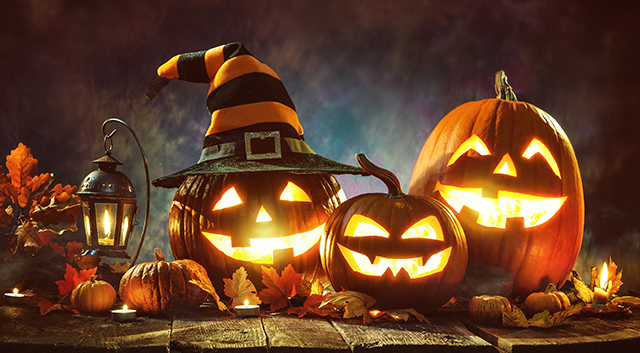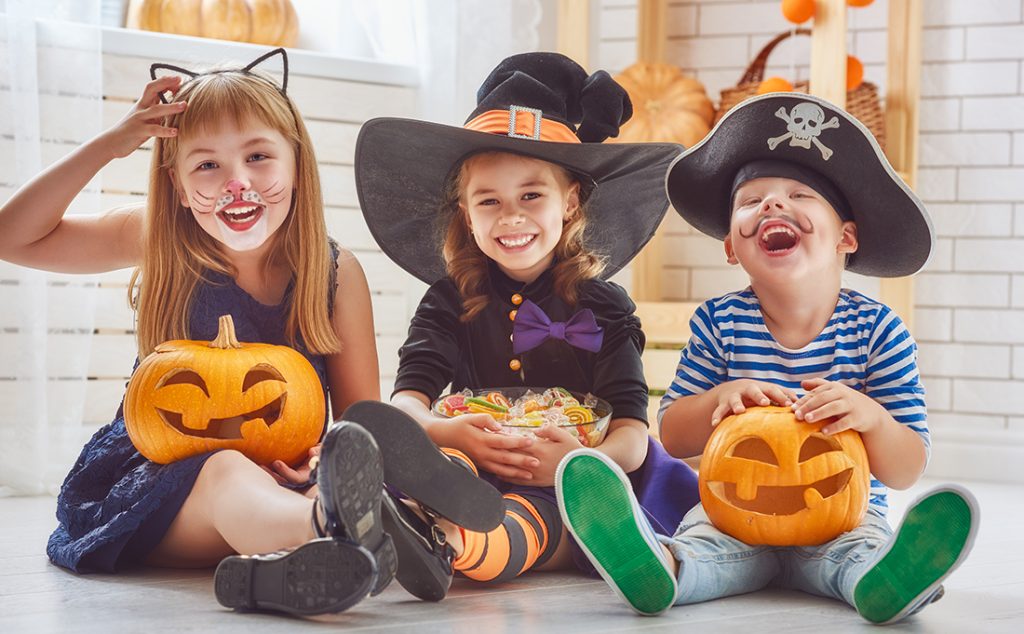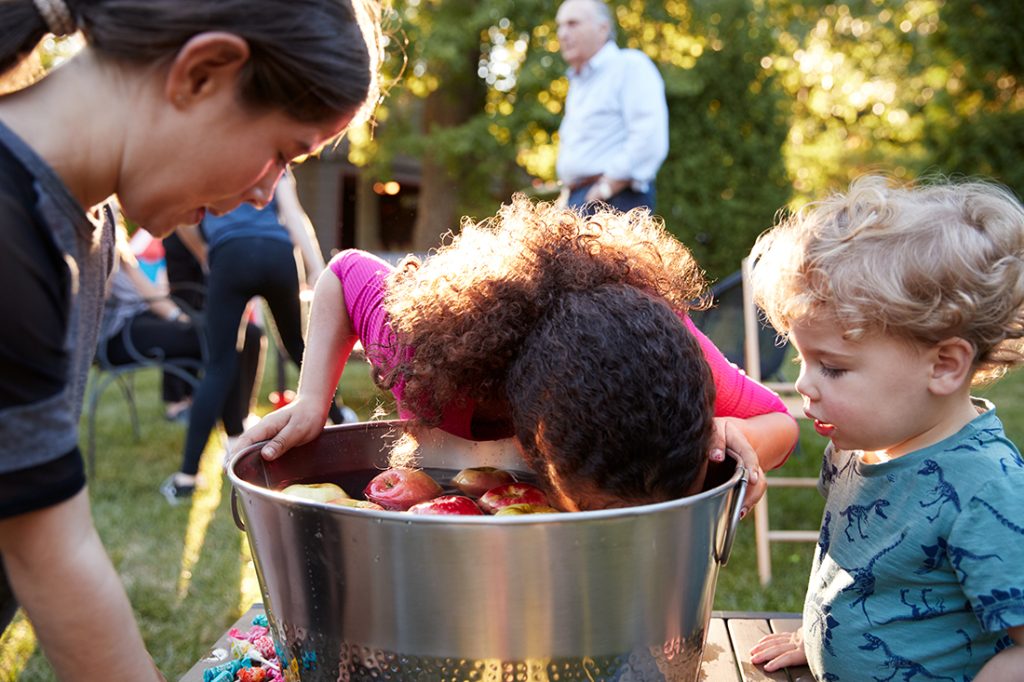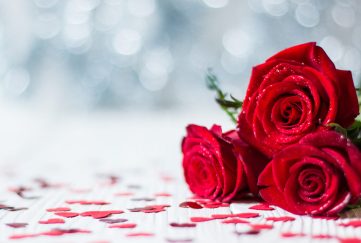Halloween Traditions and Origins
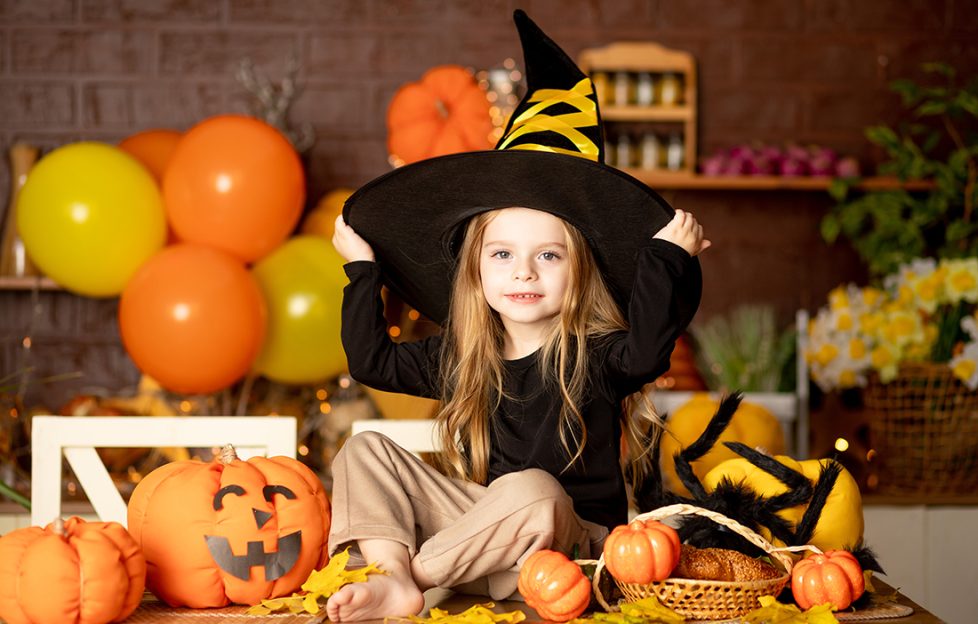
Halloween celebrations are something families look forward to each year, with spooky decorations getting bigger and better, and pumpkins becoming the centrepiece to the evening. But why do we carve pumpkins, and where did the tradition of dressing up come from?
We take a look at the origins of Halloween and the reason we celebrate this spooky time of year with pumpkins, costumes and bobbing for apples.
Why do we carve pumpkins for Halloween? And why are they sometimes known as jack-o’lanterns?
Their origin of carving scary faces for Halloween is thought to date back to the mid 19th century, but it was turnips and not pumpkins that was the vegetable of choice, and Ireland and Britain who were the first countries to do this.
There’s an Irish myth about Stingy Jack, who tricked the Devil to make money. On Jack’s passing, the myth stated that God didn’t allow Jack into heaven, and the Devil didn’t allow him into hell, so Jack was left to roam the earth for eternity.
In Ireland, people started to carve scary faces out of turnips to frighten away Jack’s wandering soul. That’s why these Halloween favourites are sometimes called jack-o’-lanterns.
When Irish immigrants moved in great numbers to the U.S., they began carving jack-o’-lanterns from pumpkins rather than turnips, as pumpkins were native to the country.
Where did the origins of dressing up in costume come from?
As to why dressing up became associated with Halloween (All Hallows’ Eve from the church’s celebration of the saints on Nov 1), it’s believe it is linked to the Celtic festival of Samhain, a celebration in ancient Britain and Ireland to mark the end of summer and the beginning of the new year on November 1.
According to the Encyclopædia Britannica, it was widely believed that during Samhain the souls of those who had passed that year travelled to the “other world” and that other souls would return to visit their homes.
It seems that traditions from Samhain, included wearing disguises to hide yourself from the souls wandering around, were origins of the customs we still see every Halloween on October 31.
Why do we bob for apples at Halloween?
Halloween traditions are in many ways tied to the harvest, with pumpkins and apples abundant at that time of year.
However, bobbing for apples was first depicted in a drawing dating back to the 14th century – so the concept itself has been around for hundreds of years. Ducking for apples was originally linked to romance, where apples with the names of suitors were placed into water and women would “bob” their heads into the water and try to bite into an apple. If they did this in one attempt, romance looked likely with the person named, if it took many attempts, the love wouldn’t last!
Although we don’t add names to apples now, it became a party game, which is why it is now enjoyed at Halloween, when apples are plentiful.
To take part is this traditional game for Halloween, half fill a baby bath or large pan with cold water, float apples in the water, and let your guests one at a time, bob their heads into the water to try to lift out an apple with their teeth. They can’t use their hands to help, but for smaller children, leave long stalks on the apples which can help them join in without having to duck their heads into the cold water! And you don’t have to supply prizes for this game, the captured apple is the reward!
You may also like:

